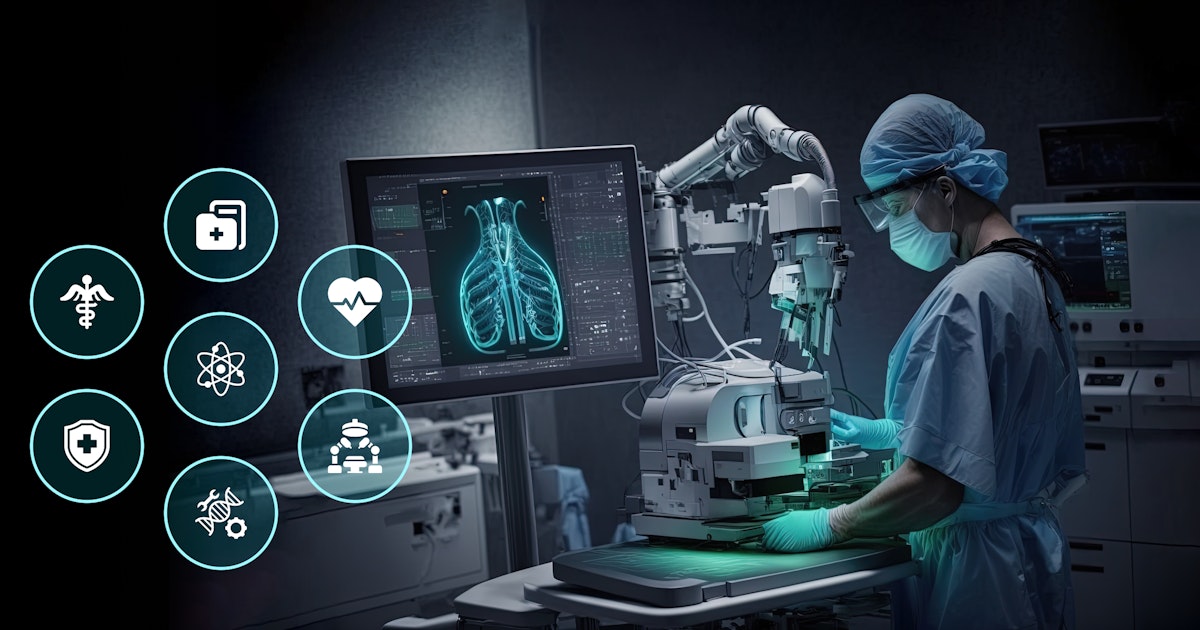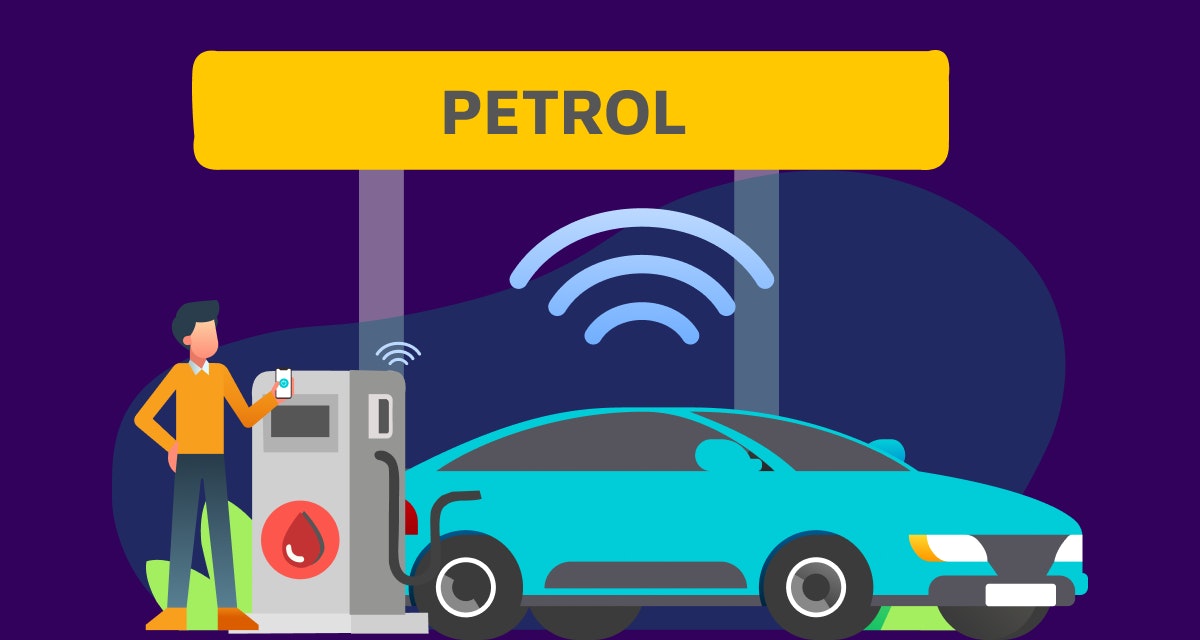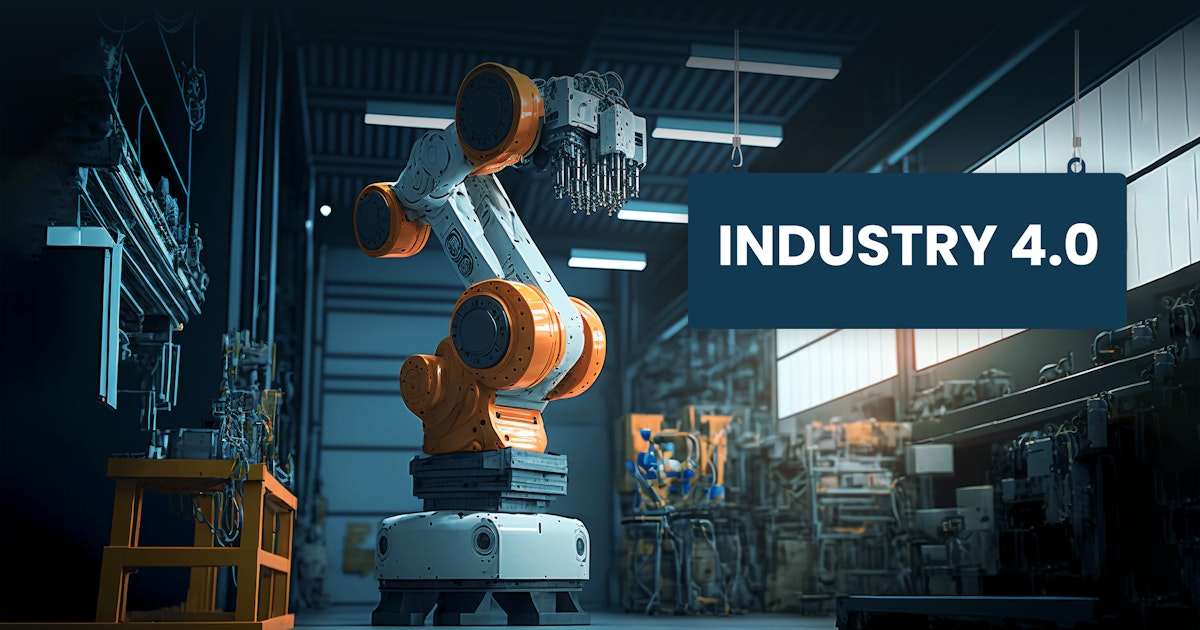Table of Content
IoT and AI are rapidly redefining industrial processes across the globe. From wearable devices such as smartwatches and AR/VR goggles to smart energy grids and predictive maintenance sensors- together, IoT and AI have unleashed the power of data faster than ever.
There is no industry niche that has not started enjoying the benefits that IoT and AI have to offer. The agriculture sector is no exception.
These technologies have successfully revolutionized the agriculture industry in ways you cannot imagine — combating the most common problem the world is facing, i.e., bridging the gap between food demand and supply.
Certain challenges that farmers face on a daily basis
Today's world population stands at 7.3 billion and is estimated by the UN to reach 9.7 billion by 2050- that is a lot of mouths to feed.
The rise in the human population will invariably lead to an approximate 63% rise in agricultural demand by 2050. But wait, there is hope. Technologically powered, advanced methods are helping farmers face the challenge by improving yield compared to traditional methods.
Moreover, traditional farming techniques are influenced by weather conditions, which have not favored humanity for a long time. For instance, climate change has led to an unfavorable rise in temperature and loss of humidity.
That leads to low production on the farm. On the other hand, deforestation is the reason behind soil erosion, leaving behind poor-quality soil for farming. Pollution depletes air and soil quality affecting plant growth.
Nutrient-deficient soil leads to poor yield and makes crops vulnerable to weeds. Moreover, shortage of water and irregular irrigation causes stunted growth of crop plants. Farmers are in a fix, and they want a solution pronto.
Moving away from traditional farming techniques
There is no doubt that traditional farming methods are insufficient to meet the constantly rising demand for food. The IoT and AI-driven technological evolution is allowing the agriculture industry to improve crop production and reduce wastage.
Connected farming solutions are enabling farmers to improve quality and boost quantity. Leveraging technology offers a faster go-to-market for crops. Learning these new techniques and implementing them may take a while, but the results are worth the effort.
IoT & AI in agriculture for smart farming
Simply put, smart farming is a high-tech and capital-intensive system that helps farmers grow food cleanly and sustainably. Agricultural drones, livestock monitoring solutions, and smart greenhouses are some of the IoT devices utilized in intelligent farming.
To meet the rising demand for more food and improve crop quality, farmers must adopt new technologies, and smart farming uses AI and IoT technologies to help farmers improve yield.
- For starters, it ensures healthier crops by monitoring soil, temperature, humidity, and crop-specific growing conditions. Real-time updates through continuous observation ensure reduced crop wastage.
- Farmers can use collected data to relieve their workload and automate a wide range of agriculture-related tasks.
- The data collected can also be utilized to study trends. Data-driven forecasts help improve agri-business returns and improve the functioning of the food supply chain.
- IoT smart applications also help control costs due to excessive utilization of resources like water and electricity. They can ensure timely irrigation and pest control from anywhere through connected devices and automatic systems.
Numerous IoT Development tools available and confused about which one to choose? We've got your back.
Compare them hereTechnologies Used in AI and IoT for Agriculture
The integration of AI and IoT in agriculture relies on several key technologies:
Machine Learning and Deep Learning: These AI subsets enable systems to analyze vast amounts of agricultural data, identify patterns, and make predictions or recommendations.
- Computer Vision: This technology allows AI systems to "see" and interpret visual data from cameras and drones, useful for crop monitoring and automated harvesting.
- Sensor Technology: Various types of sensors (soil, weather, GPS) form the backbone of IoT systems in agriculture, collecting real-time data from the field.
- Big Data Analytics: Tools and platforms that can process and analyze the enormous amounts of data generated by IoT devices and other sources.
- Cloud Computing: Provides the necessary infrastructure to store and process the large volumes of data collected from farms.
- 5G Networks: The latest cellular technology enables faster, more reliable communication between IoT devices and central systems, critical for real-time decision-making.
Benefits of adopting IoT and AI technology in agriculture
Using AI and IoT systems will help farmers streamline traditional farming operations and enhance farm decision-making. If your agricultural business is looking to give its processes an upgrade, perhaps the two technologies can help:
1. Smart agricultural decision-making through data analytics
Big data and AI help farmers analyze vast quantities of data. Cloud services and edge computing can be used for studying and comparing data. It will allow them to decide the crop type and timing to sow.
They can also calculate the yield for a particular production pattern. There are many use cases of big data which help in monitoring weather-related data helps them make crucial decisions in time. Machine Learning helps detect pests and control diseases.
In the case of infestations, data analysis helps in implementing the best control procedures to minimize crop wastage. Moreover, it empowers farmers to forecast demand, estimate prices, and calculate yield- all of which are beneficial for fast-growing agricultural businesses.
2. Automated agricultural machines for improving crop quality
Farmers are using automation to handle farm monitoring activities. Robots, sensors, and drones keep track of growing conditions. They help in allocating resources for yield growth, identify crops ready for harvest, and destroy weeds. For example, you can place robots for planting focusing on a specific area that AI and computer vision, enabling a reduction of pesticides in the field and subsequently leading to the production of high-quality, edible food.
Automated agriculture machines also make farming sustainable by enhancing the quality of produce. For instance, autonomous tractors can be pre-programmed to give full autonomy to the farmer or controlled remotely. The tractor offers value to row crop farmers, reduces their manual efforts, and boosts their efficiency across operations.
3. Limited use of pesticides and healthier soil quality
AI product development, powered by ML, can help farmers analyze genetically modified seed information, the best time, and the number of seeds to be sown. In traditional agriculture, the use of fertilizer and pesticides is based on manual estimation.
Excessive watering and spraying of pest control chemicals deplete the nutritional value of the crop. Using aerial drones, farmers can regularly monitor crop conditions and control pesticides to grow cleaner and organic produce.
Wireless sensors in the farm help study soil quality to ensure improved crop traits to deliver high-quality products. Who knew farming could improve in such different ways
4. Reduction of risk in sales and business processes
Collecting data and analyzing will help farmers cover their business risks. They can estimate demand and forecast sales. Connected methods will also help them streamline business processes better than done manually. They can remotely control the batch to be stored or sold. They can calculate total costs to work out a profitable selling price for each crop.
5. Deployment of predictive systems to create agile farming workflows
Real-time monitoring through IoT technology improves the agility of agricultural processes. Prediction systems allow farmers to prepare for changes in growing conditions. The health of crops is adjudged against the weather, humidity, and air quality. Proactive measures to save the crops against infestation and bad weather ensure less wastage.
6. Increased efficiency on the land
The rising demand for food can only be met by producing more with the limited resources. AI-powered farming techniques ensure increased food production efficiency and potentially pave the way for environmentally friendly processes.
Automated watering and monitoring systems enable farmers to grow more crops by consuming less water and space than traditional methods. An intelligent irrigation system will allow them to decide when they should water the crops based on real-time data from the land. This is not possible in traditional agriculture.
7. Minimized labor costs due to smart technologies
It is tough and expensive to find skilled labor in the agriculture domain. Automating repetitive processes allows managing time and costs. IoT-enabled devices help farmers conduct regular checks and monitor plant health. Autonomous robotic machinery efficiently performs bulk harvesting, improving productivity and reducing labor costs, lightening the financial load on farmers.
Manual harvesting is time-consuming and leads to unnecessary wastage as well. Machine vision and AI-based robots detect mature fruits and crops and safely harvest them- even if the headcount on the field is low.
Applications of IoT and AI in agriculture
If you have read this far, you will agree that IoT and AI are the answer to increasing operational efficiency, reducing waste output, and meeting food demand. This section talks about various IoT and AI apps used in agriculture:
1. Boosting crop yields with precision farming systems
The most popular technique in AgriTech is precision farming. It includes services such as Variable Rate Irrigation (VRI) optimization, soil moisture probing, and cloud-based centralized water management. The technique uses sensors, autonomous machinery, and internet connectivity to maximize profitability by using water efficiently.
2. Agriculture drones
Ground-based and aerial drones are efficient in assessing crop health, monitoring infestation, and soil analysis. They are also used for crop spraying, sowing seeds, managing irrigation, and real-time field data collection. The collected data can be used to predict yield, nutrient measurement, and mapping of external factors.
3. Livestock monitoring to track and monitor animals
Wireless IoT networks and connected devices can cut down labor costs on the ranch by monitoring cattle. IoT sensors can track the location of animals and even monitor their health. The farmers can quickly locate the animal on large farms and even prevent the spread of disease by separating unhealthy animals from the others- protecting the yield and bringing down livestock costs.
4. Achieving optimal growth conditions with smart greenhouses
Smart greenhouses leverage IoT to enhance yield by working on a proportional control mechanism. They use sensors to create a controlled environment for crops. The system is remotely monitored, and data is processed over cloud servers. Minimizing manual intervention, the smart greenhouse keeps a check on light, temperature, and humidity levels.
5. Real-time weather trackers
IoT-based smart sensors offer real-time climate conditions and weather updates. Farmers can use the detailed forecast to analyze crop requirements. Some systems also provide alarms to help farmers save their crops in case of extreme weather conditions.
6. Agricultural robots
Agricultural robots help cut down manual efforts and save time by performing multiple tasks on farms. They help monitor and harvest crops more efficiently than humans. They are trained through AI to detect and control weeds to maintain crop quality. These robots can sort the yield based on quality and pack them in less time than traditional methods.
7. Intelligent spraying hoses
AI-driven drones are useful in monitoring the vegetation index of the crops and their health. Their sensors keep check on insect infestation and diseases. These devices spray pesticides only on infected plants. This reduces the use of chemicals on otherwise healthy crops and controls the infection from spreading further.
8. Crop price forecast and yield prediction tools
Technologies such as AI, ML, and Big Data are being put together to help farmers predict yield from their crops. The historical data is analyzed to study price fluctuations, and a forecast of prices at the time of harvest can be calculated. Farm mapping helps in calculating the accurate yield per hectare. Farmers study different parameters such as rainfall, pesticides used, pH level, temperature, and other atmospheric conditions to arrive at a number.
9. Crop and soil monitoring sensors
Robots and drones with thermal or multispectral sensors monitor crop and soil health at all times. This helps in controlled irrigation and spraying of fertilizers. The sensors also read biome levels of soil to ensure high nutrient value in crops. AI also analyzes soil properties to suggest the best crop choices to maximize profitability.
10. Pest detection tools
AI systems are coupled with low-cost satellites to obtain images of the farm. These are compared with historical data to detect pests, insects, rodents, and diseases algorithms match available data and alert farmers. In some cases, intelligent spraying is automatically initiated to avoid the spread of pests. Other precautions and pest control methods are also suggested to help farmers.
Boost Crop Yields with Smart Farming Technology!
Let's Get StartedAgriculture technologies are here to stay
It is impossible to say that IoT and AI are not making any difference to the agricultural sector. In fact, farmers can work more efficiently and produce edible crops sustainably. The good news is the future of new-tech agriculture is predicted to be much more systematic:
- IoT device installation is expected to be around 225 million by 2024.
- Farms are expected to generate 4.1 million data points in a day by 2050.
- Revenue from Agricultural IoT is expected to grow at a CAGR of 22%.
The traditional knowledge and skills of farmers cannot be replaced by technology, but implementing AI and IoT reduces the chances of errors. Those with little understanding of farming can easily use these data-driven autonomous systems.
Expert farmers can improve their production and fight common on-farm issues by automating processes.
Looking for help in IoT product development? Our expert IoT developers have experience in creating apps for agriculture.
Book a Free 45-minute Consultation with Our AI and IoT Experts Today! Get a customized roadmap and strategies to leverage AI and IoT for smart farming.





